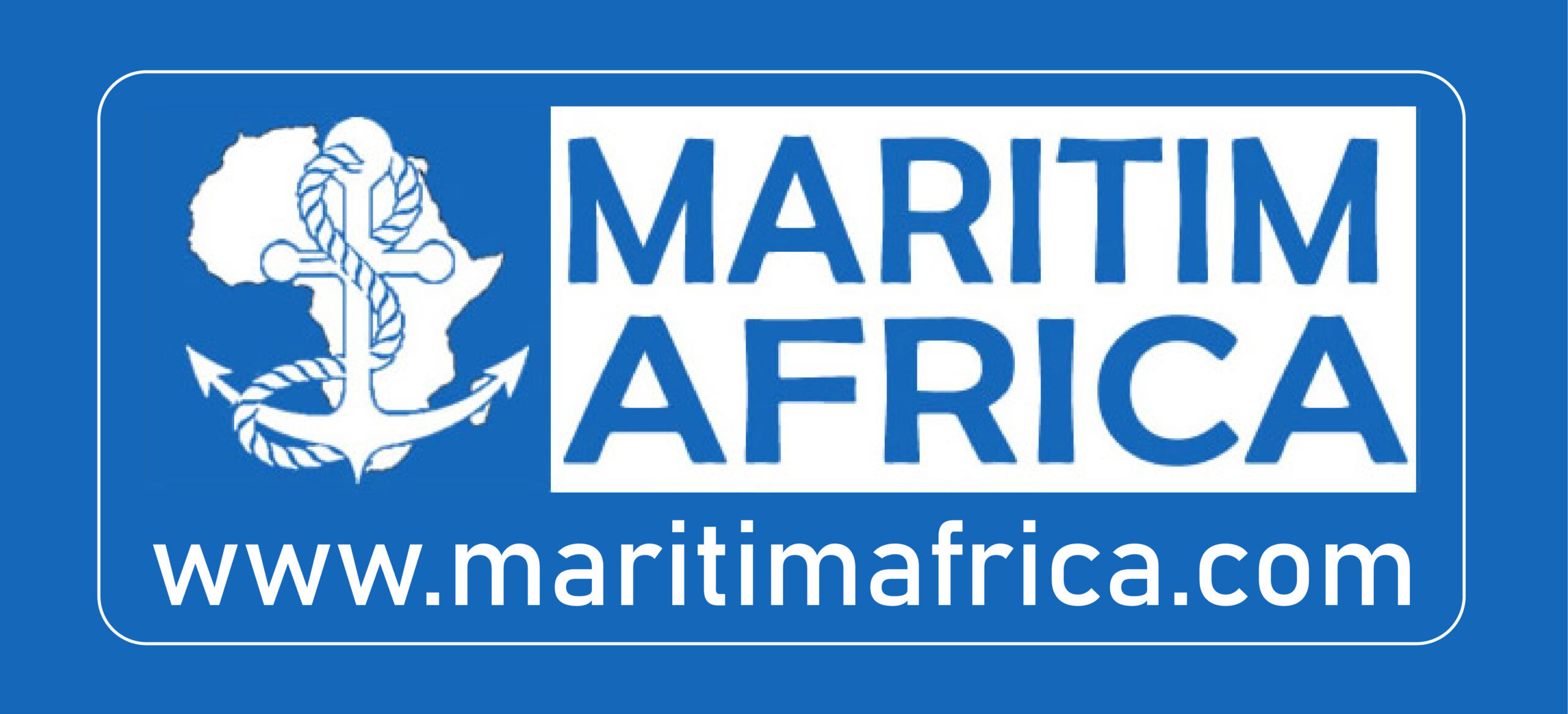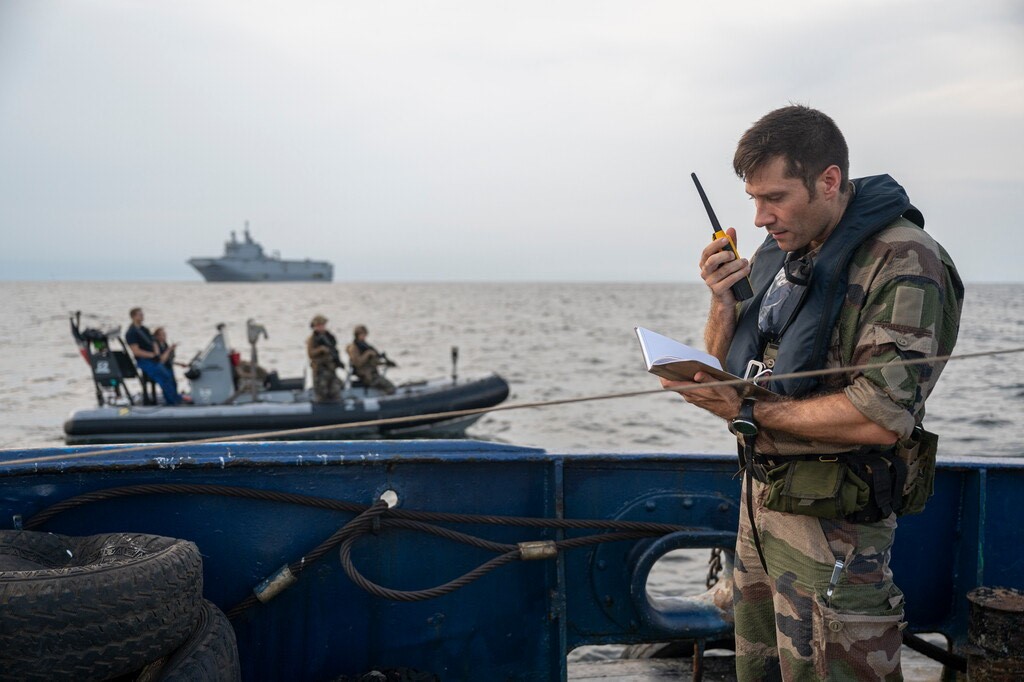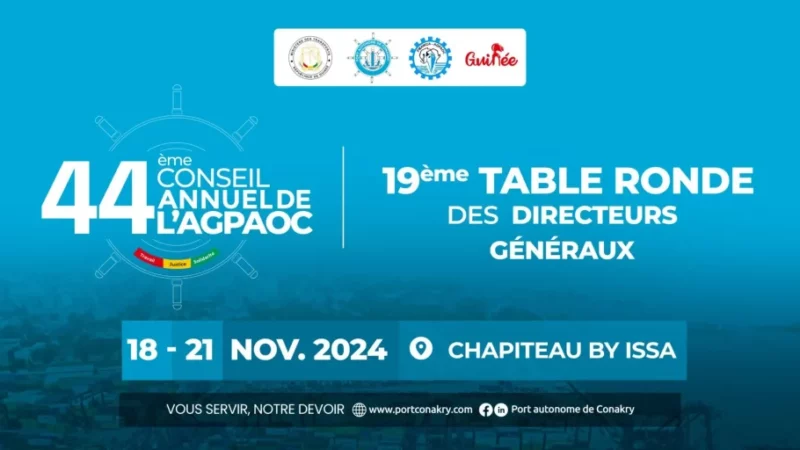Gulf of Guinea – GRAND AFRICAN NEMo 2024, a major multinational commitment to maritime security
From November 4 to 11, the GRAND AFRICAN NEMo 2024 (GANo24) exercise, co-organized by the Yaoundé Architecture* and the French Navy, took place. This annual large-scale exercise brought together 16 riparian nations[1] of the Gulf of Guinea and 9 partner nations[2]. GANo24 took place in a vast maritime zone ranging from Senegal to Angola.
GRAND AFRICAN NEMO is an international operational cooperation exercise aimed at contributing to the development and strengthening of maritime security in the Gulf of Guinea, a priority issue in this strategic zone. Co-organized by the Yaoundé Architecture and the French Navy, this major annual regional exercise brings together the navies of the riparian nations, the navies of the Gulf of Guinea partners, as well as numerous expert organizations that provide training and insights to the exercise participants.
The Gulf of Guinea is a maritime area of primary importance with its 6,000 km of coastal strip exposed to illicit traffics and crime. These cooperation actions increase mutual skills and contribute to strengthening interoperability between civilian and military actors on various topics (AEM) such as the fight against illicit traffics, against illegal, unreported and unregulated fishing, against maritime pollution or for sea rescue.
This 7th edition brought together 25 partner nations. With nearly 70 complex scenarios involving 55 units at sea, 12 aircraft and numerous expertise or command centers on land, i.e. more than 4,000 people from various administrations working for maritime security in the zone. For the first time, Mauritania took part in this exercise with the engagement of the Timbedra patrol boat, thus testifying to its commitment to strengthen cooperation with its neighboring and riparian nations of the Gulf of Guinea. The French army deployed a light surveillance aircraft of the Air and Space Army, the amphibious helicopter carrier (PHA) Dixmude and deployed about twenty liaison officers in the land operation centers.
GANo24 also involved means of action at sea and in the air, as well as command and coordination centers on land of the participating navies and coast guards. In terms of capability, new vectors were implemented, allowing operational approaches to be tested in a multinational environment, such as the surveillance and reconnaissance drones of the Ghanaian navy. In addition, chains from Civil Security, Customs, Maritime Affairs, Immigration Services to Justice Services were activated; thus, a fictitious trial was organized by the UNODC in zone D based on the evidence collected during the zonal scenario of the fight against illegal traffics. With the will to develop regional interoperability and trust between actors, and for the first time in the history of GANo, the Ivorian navy deployed the Fadika patrol boat in support of the zonal scenario in zone F.
GANo24 took place with the support and expertise of many regional and international organizations such as: the European Union with the Enhanced MARitimes Action (EnMAR) projects in the Gulf of Guinea, GoGIN II for support to the YARIS information sharing network within the Yaoundé Architecture and SEACOP for actions against maritime illicit trafficking and criminal networks; INTERPOL and the United Nations Office on Drugs and Crime (UNODC) also brought valuable expertise in the fight against maritime crime; the CEDRE, a French expert on accidental water pollution; the MAOC-N which supports the fight against drug trafficking in the maritime domain in the Atlantic and Mediterranean; and finally the West African and Central African Fisheries Commissions (CSRP-CPCO) were privileged partners of GANo24 in the field of the fight against INN fishing. The French Navy supports the Yaoundé Architecture, notably through the trainings it offers to all African countries : the SIREN stage, the training component of the GRAND AFRICAN NEMO exercise or the AFRICAN NEMO operational training cycle to promote the sharing of specific know-how in a multi-threat and multinational environment to prevent delits and acts of piracy in this zone.
*The Yaoundé Architecture is a common maritime security cooperation architecture decided by the heads of state of the countries bordering the Gulf of Guinea at a summit in Yaoundé, Cameroon, in June 2013. This architecture consists of the Interregional Coordination Center (ICC), an information exchange and coordination structure, which links the Central African Regional Maritime Security Center (CRESMAC) and the West African Regional Maritime Security Center (CRESMAO). The coastal area is divided into 5 operational maritime zones, whose activities are coordinated within 5 multinational coordination centers (MCC).
[1] Benin, Cameroon, Cape Verde, Congo, Côte d’Ivoire, Gabon, Gambia, Ghana, Guinea, Guinea-Bissau, Togo, Liberia, Nigeria, Sao Tome and Principe, Senegal, Sierra Leone.
[2] France, Italy, Mauritania, Morocco, Portugal, United Kingdom, Spain, Belgium, Denmark
Source : Ministère des Armées et des Anciens combattants






